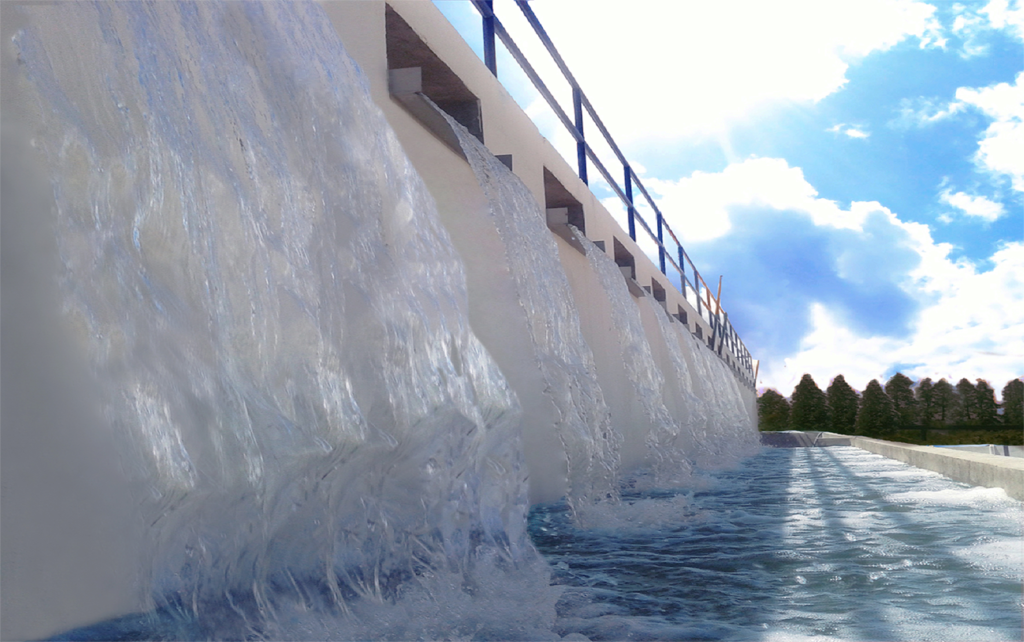Wastewater treatment plants are facilities whose purpose is to remove pollutants present in water from human use.
Wastewater discharges contain several pollutants, many of them by-products that have not even been identified. This is why wastewater, before being discharged into receiving bodies, must be treated according to its composition and then monitored to verify compliance with discharge limits to ensure that it will not cause pollution of aquatic ecosystems.
Treated water can be reused for many years and can be used for different human activities. There are even treatment plants that include purification systems that make the wastewater drinkable and suitable for human consumption. The water generated by these systems can be used in toilets, sinks, swimming pools, showers, etc.
The process that receives the polluted water in these treatment plants, helps this resource can return to rivers, seas, or lakes without any contaminant that endangers the lives of animals or the health of people.

These are some benefits that treatment plants can provide you with and thus end up with water pollutants:
- It allows the use of treated water in agriculture and livestock.
- It reduces the transportation costs of the liquid and the water consumption tax.
- They help to eradicate viruses and bacteria, such as diarrhea, hepatitis, cholera, typhoid, among others.
- Eliminates bad smells.
- Low sludge production.
- Efficient selector reactor.
- Small footprint.
- They occupy less electromechanical equipment.

The objective of treatment plants is to eliminate or reduce the contamination of water, whether natural, supply, process, or urban, for the purpose of reuse or for discharge into rivers, lakes, and seas. The process used for water treatment will vary depending on the source and purpose of the water.
There are many companies dedicated to the construction and commissioning of wastewater treatment plants, as well as different technologies used to treat water. Among the best known and most effective technologies are “Activated sludge” and “Nanofiltration”.
Bclear merged this nanotechnology with the activated sludge technology, obtaining, as a result, an unmatched treatment process with treated water quality, even better than the water provided by the municipal public service; which meets the standards to be reused in swimming pools, or toilets or if desired, to make it drinkable. By combining both technologies in a single reactor, Bclear plants offer the advantage of being compact, reliable, and optimized for operation.